From studying foreign experience and Vietnamese practice, the research team of the National Economics University (Hanoi) proposed a number of solutions on public investment to meet Vietnam's economic growth target for the period 2026-2030.
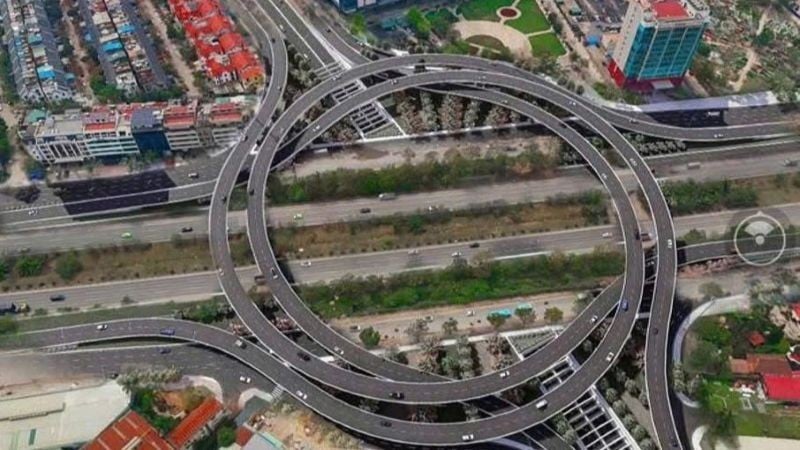
In the current context, promoting high and sustainable economic growth in the coming period is a legitimate and objective requirement and reflects the desire for development in the new era. Accordingly, along with resources for development investment in the coming time, public investment remains an important factor promoting economic growth.
In addition to being a part of aggregate demand, public investment is also a Regulatory tool In the macro economy, public investment, in addition to creating production capacity and public service capacity, also plays an important role in promoting and leading private investment and foreign direct investment.
On the other hand, the new context of national development – including innovation, green transformation, digital transformation, strategic infrastructure development, smart cities, and climate change adaptation – is also requiring public investment to play a leading role, paving the way for other economic sectors to develop according to these trends.
In fact, the room for public investment in our country in the past has not been fully exploited, which will also be a potential source for higher growth in the following stages. Specifically, the disbursement of public investment is still slow and the results of mobilized public investment have not been effectively exploited; The efficiency of public investment is still limited; The connection between regions, industries and the structure of economic development space; The level of spillover from public investment to private investment and FDI is still not high.
From studying foreign experience and Vietnamese practice, the research team of the National Economics University ( Hanoi ) proposed a number of solutions on public investment to meet Vietnam's economic growth target for the period 2026-2030:
Firstly, allocate investment capital towards public investment leading priority sectors according to a new growth model, focusing on innovation, prioritizing high technology, digital transformation, innovation and startups, developing green infrastructure, combating climate change and adapting to natural disaster risks. Change the mindset about public investment, public investment must have the meaning of "creating" for development and leading investment of the economy according to the new requirements of the new context, new era.
Second, public investment must contribute to supporting, creating and promoting private investment and foreign direct investment, in which priority should be given to investment in projects with high spillover effects, promoting investment in the form of public-private partnerships and promoting the role of public-private partnership (PPP) models so that public investment becomes "seed capital" for the private sector.
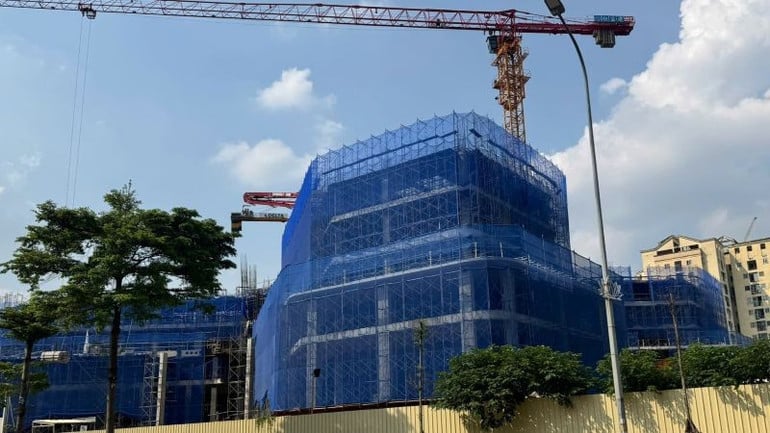
Third, establish criteria for capital allocation based on local absorption capacity, practical investment needs and quantitative efficiency of each project. Building a system of objective and quantifiable criteria such as GRDP growth rate, capital absorption index, spillover effects on employment and local budget revenue is necessary to serve as a basis for selecting and allocating resources.
Fourth, continue to innovate the public investment management mechanism towards a more modern and transparent direction. Promote digitalization of the entire public investment management process, apply big data and artificial intelligence in real-time project efficiency assessment; at the same time, establish an independent monitoring institution and a flexible policy feedback mechanism. Flexibly apply effective management methods of the private sector to public sector management. At the same time, it is necessary to take advantage of the space of public investment in promoting rapid and sustainable growth.
Public investment plays an important role in leading, spreading, creating and motivating social development, so there needs to be strong and specific solutions to effectively exploit completed projects, clear the way, promote disbursement, remove difficulties, minimize waste, improve capital efficiency for ongoing projects, standardize processes, procedures and monitoring mechanisms for effective implementation, with high spreading effect for projects to be deployed in the coming time.
Source: https://baolangson.vn/dai-hoc-kinh-te-quoc-dan-ha-noi-de-xuat-cac-giai-phap-cai-thien-chat-luong-dau-tu-cong-5055036.html





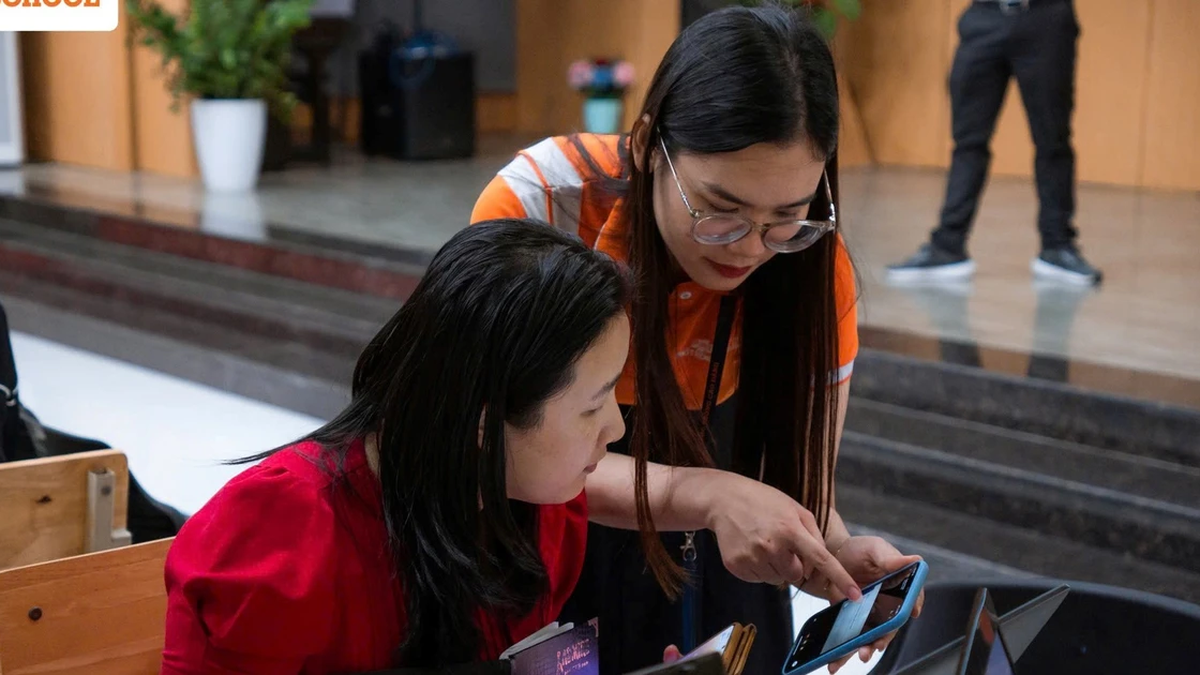
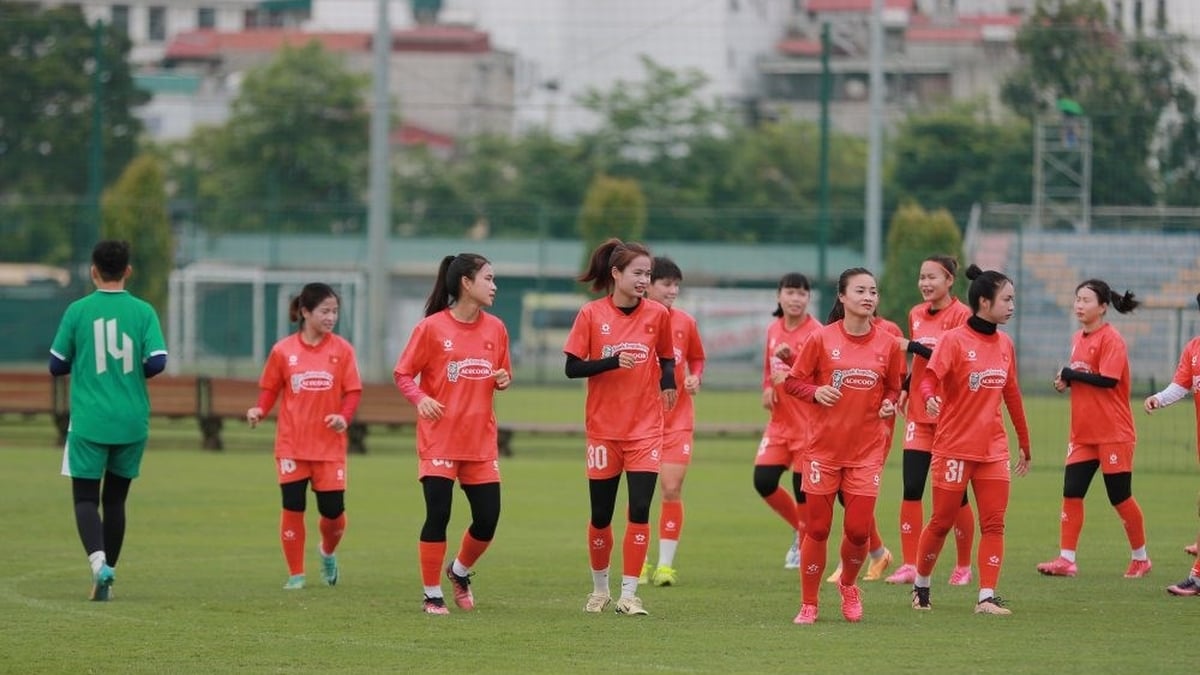


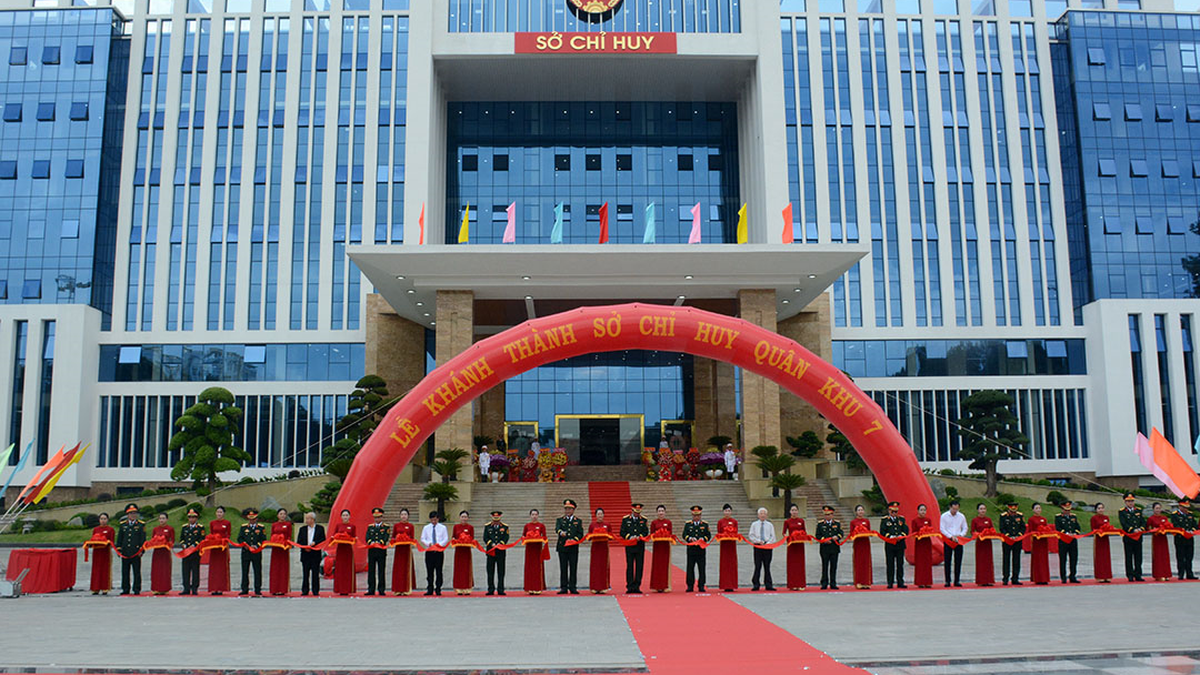












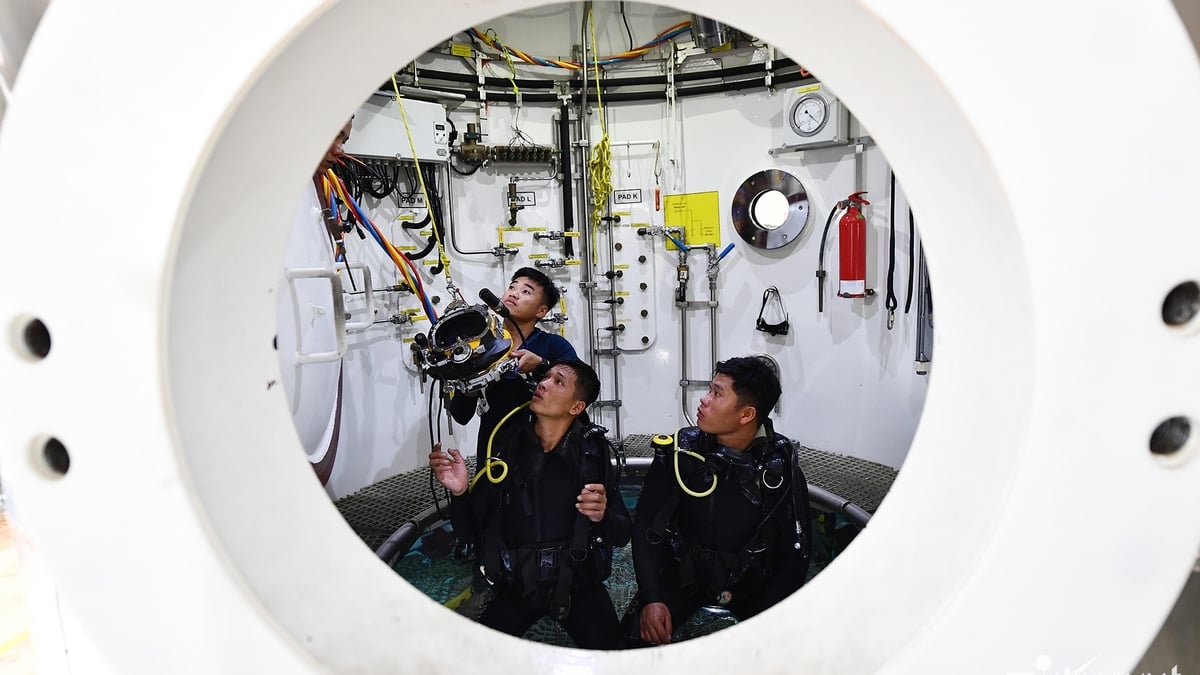
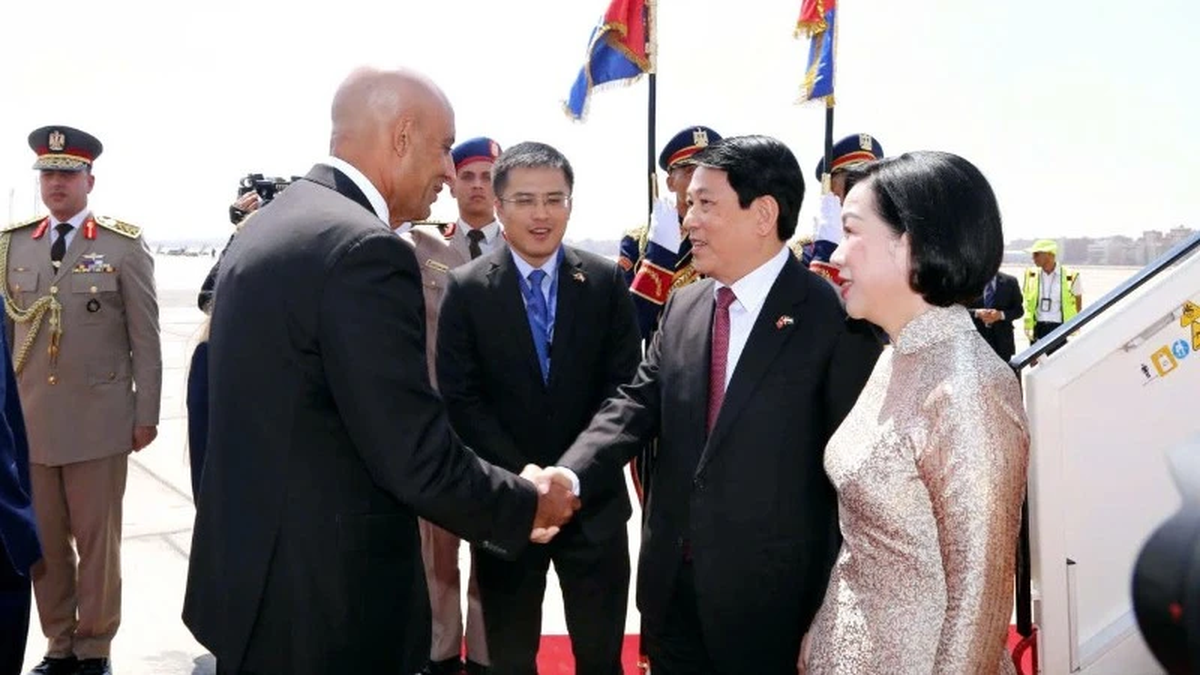




































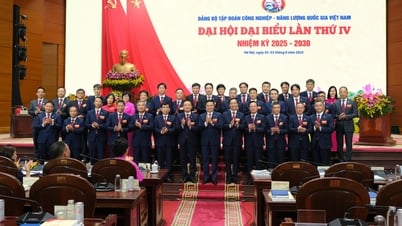






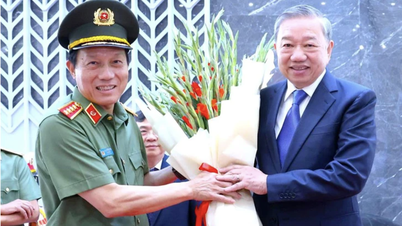
![[Infographic] Traditional friendship and good cooperation between Vietnam and Egypt](https://vphoto.vietnam.vn/thumb/402x226/vietnam/resource/IMAGE/2025/8/4/9a2112b4046e4c128fdcb5403489866a)

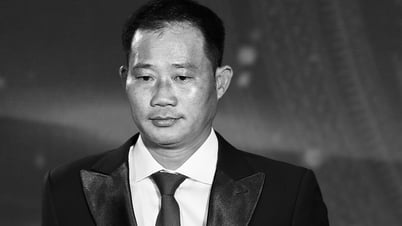
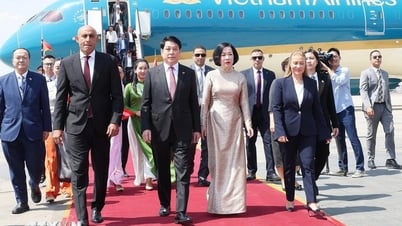





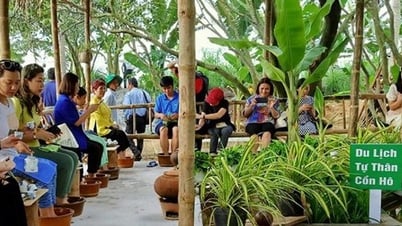




















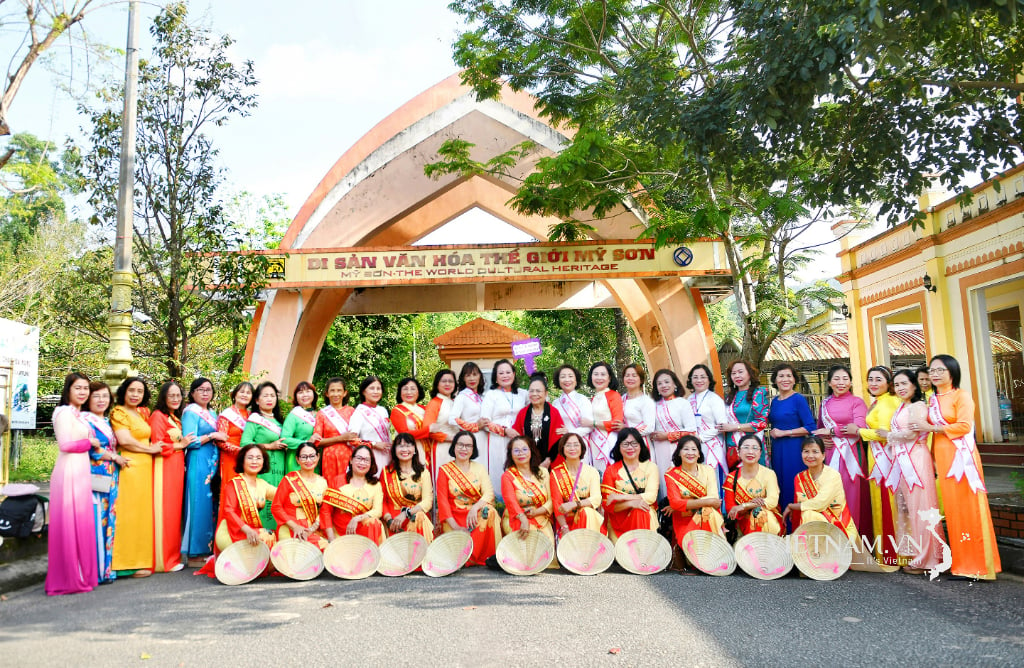


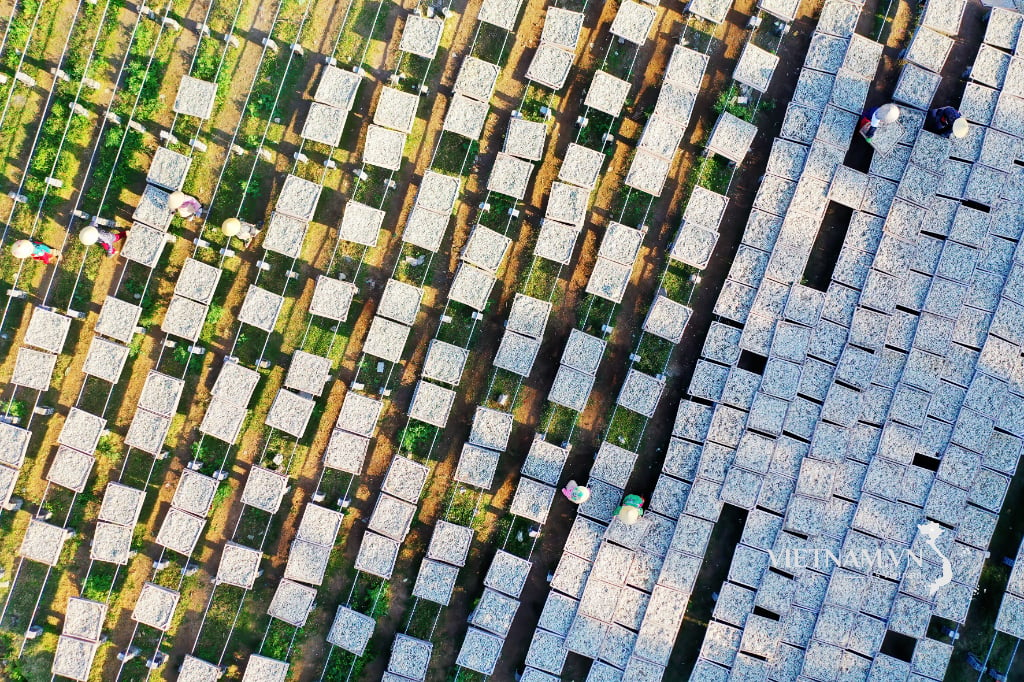
Comment (0)